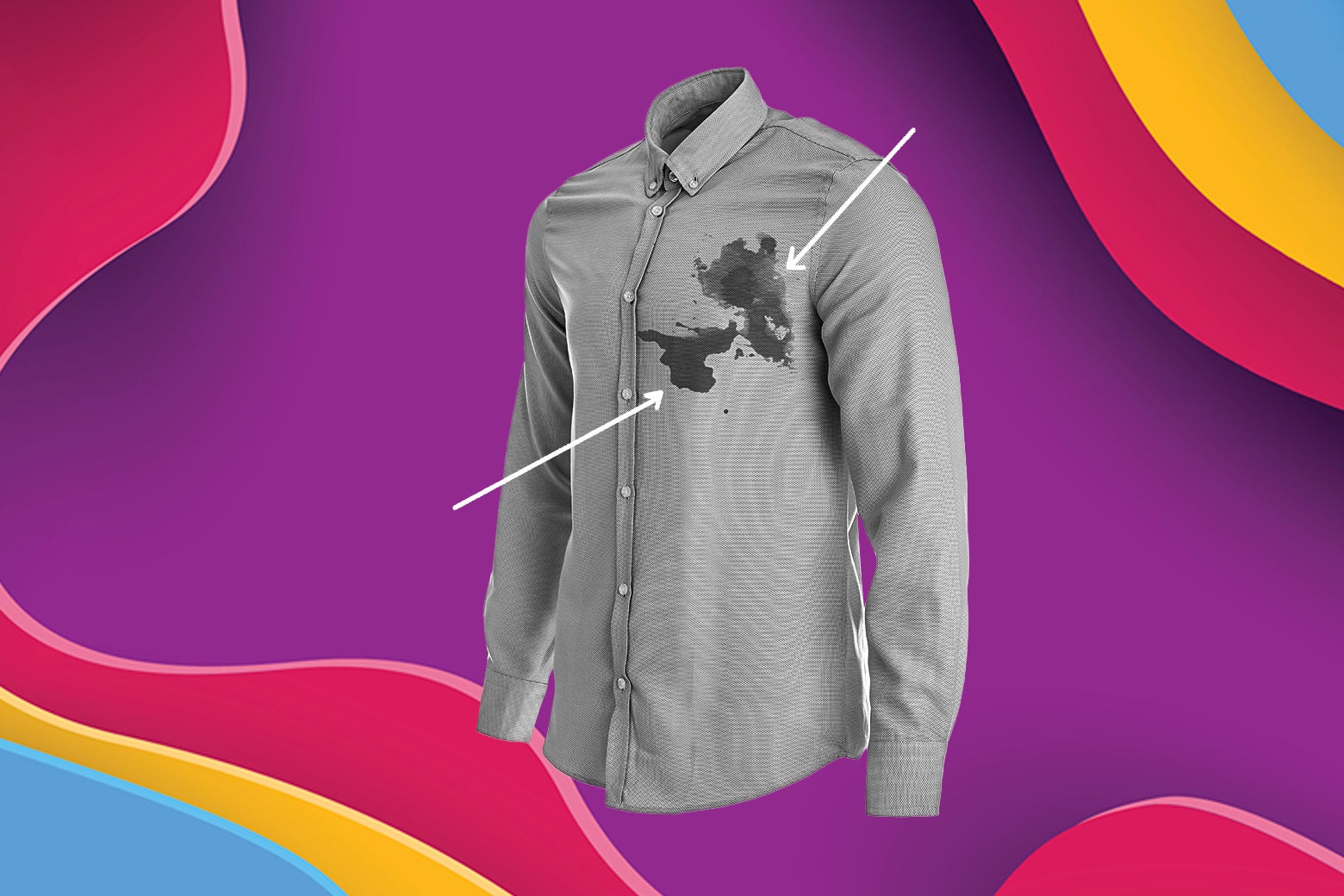No one is going to rewear your stained, ripped T-shirt.

This is One Thing, a column with tips on how to live.
In the era of relatively cheap (and very, very cheap) clothing, most of us end up with way more garments than we need, and are faced with the task of paring down our wardrobes from time to time. As someone concerned with sustainability, I’ve read many of the articles on what exactly happens to the clothes we attempt to give a second home, and I’ve come to the disappointing conclusion that it often doesn’t happen.
It can feel good to donate clothing to a thrift shop or plop it in a drop-off bin, but the reality is that much of this clothing ends up in the landfill regardless. To take an organization like Goodwill as an example: About a quarter of the donated clothes are resold successfully in stores. The rest are either sold in bulk or passed on to salvage buyers. In turn, they downcycle some of it into rags or household insulation, but they send the majority of it for resale abroad. Of the clothing exported overseas, a large portion is then deemed unusable once again and either dumped or burned. Recycling used clothing back into new clothing is rare. A lot of the problem lies in the fact that our clothing is mostly not made of 100 percent natural fibers; many of our garments are fabric blends, which are challenging to process.
Where does that leave the consumer? It seems like the consensus on how to reduce clothing waste is that we should buy fewer things in the first place. Shopping less is a great goal. And yet, abstaining from shopping is easier said than done. I will probably always produce at least some clothing waste as I outgrow things, they become torn or stained, or they simply no longer match my self-expression. I wanted to figure out a way to avoid putting old clothing that was too worn for the thrift store into the trash.
The solution I’ve arrived at is making my used clothing into rags. When I have items that I deem unfit for someone to buy at a secondhand store, I simply cut them up into squares and use them like I would paper towels, throwing them away after they have been used to mop up a spill, dust a surface, or polish a faucet. Here, as with clothes shopping, I am not trying to be perfect: Some people wash and reuse their rags, and, certainly, the more times you’re able to reuse the fabric, the better. Personally, I’m squeamish about washing chemical-soaked rags with my regular clothes, so I have a single-use rag system. This is still a good way to simultaneously find a second life for your clothing and cut down on paper products. Downcycling is the best-case scenario for a lot of that clothing anyway—and it’s satisfying to have a way to reuse that clothing myself.
Discover more from CaveNews Times
Subscribe to get the latest posts sent to your email.


























![Exploring the Serene Beauty of Nature: A Reflection on [YouTube video title]](https://cavemangardens.art/storage/2024/04/114803-exploring-the-serene-beauty-of-nature-a-reflection-on-youtube-video-title-360x180.jpg)


























